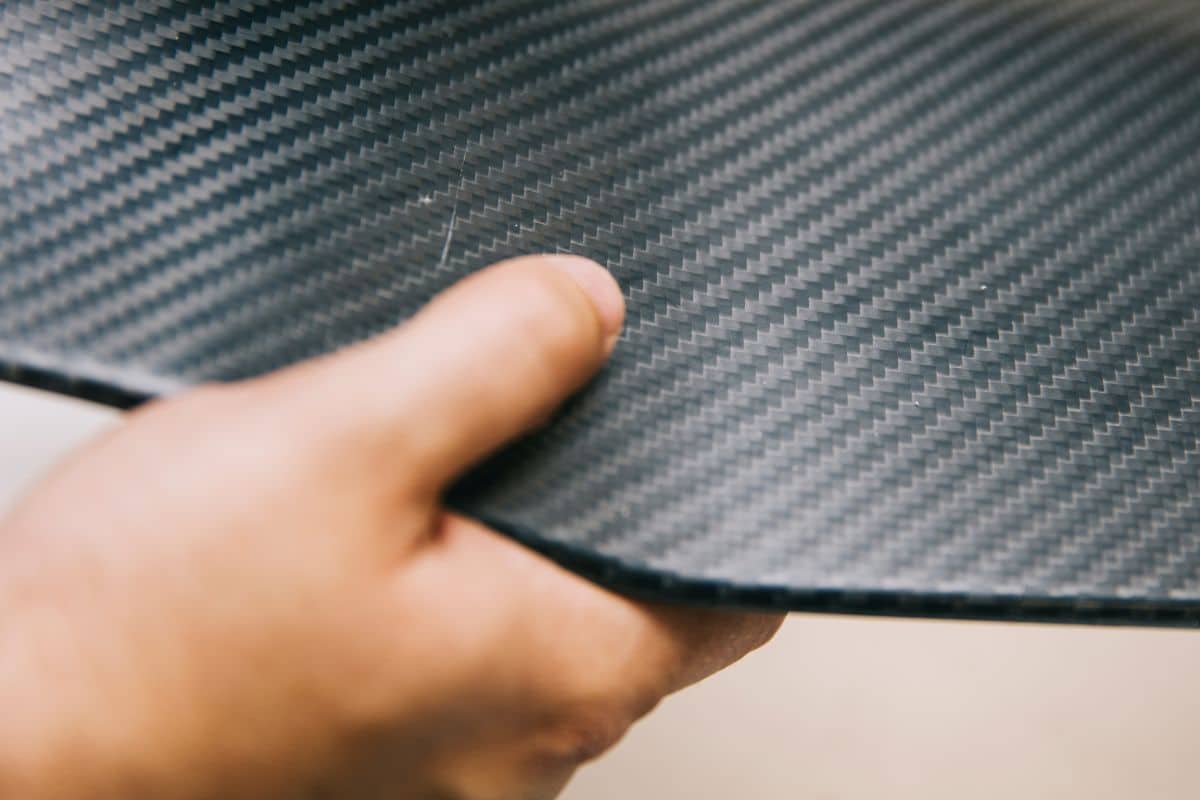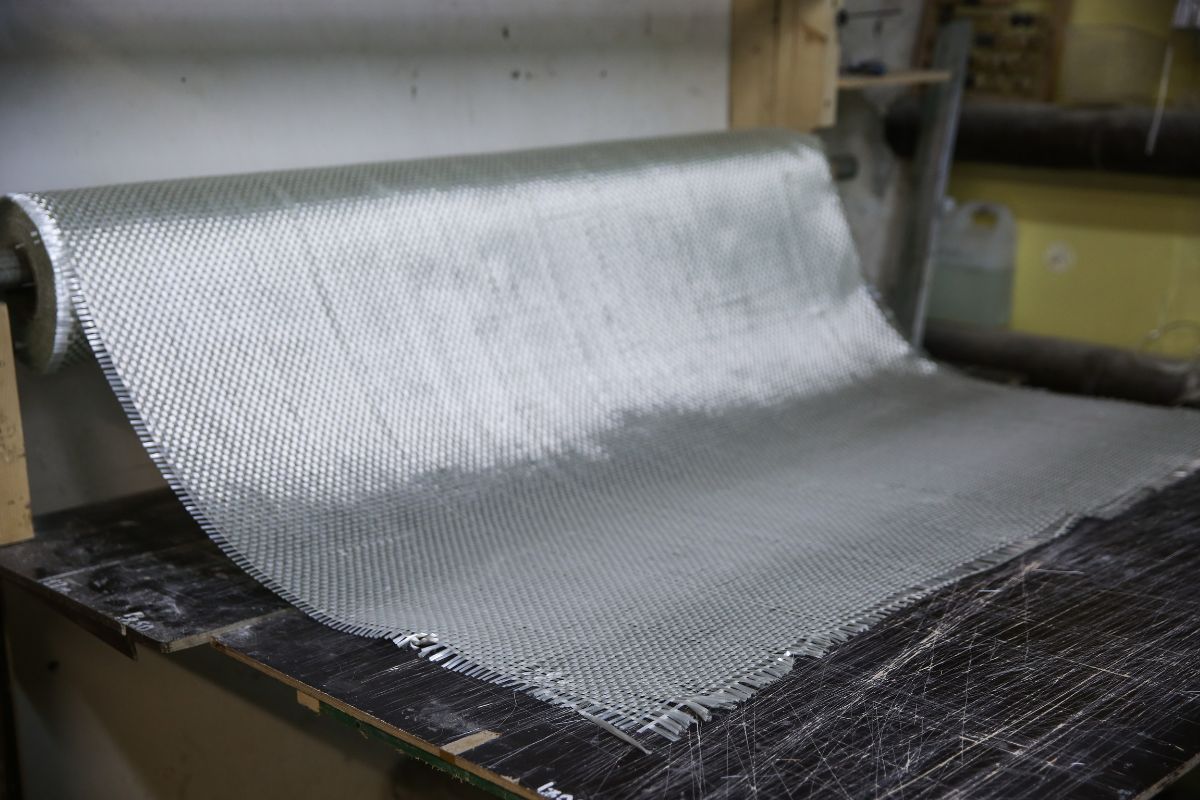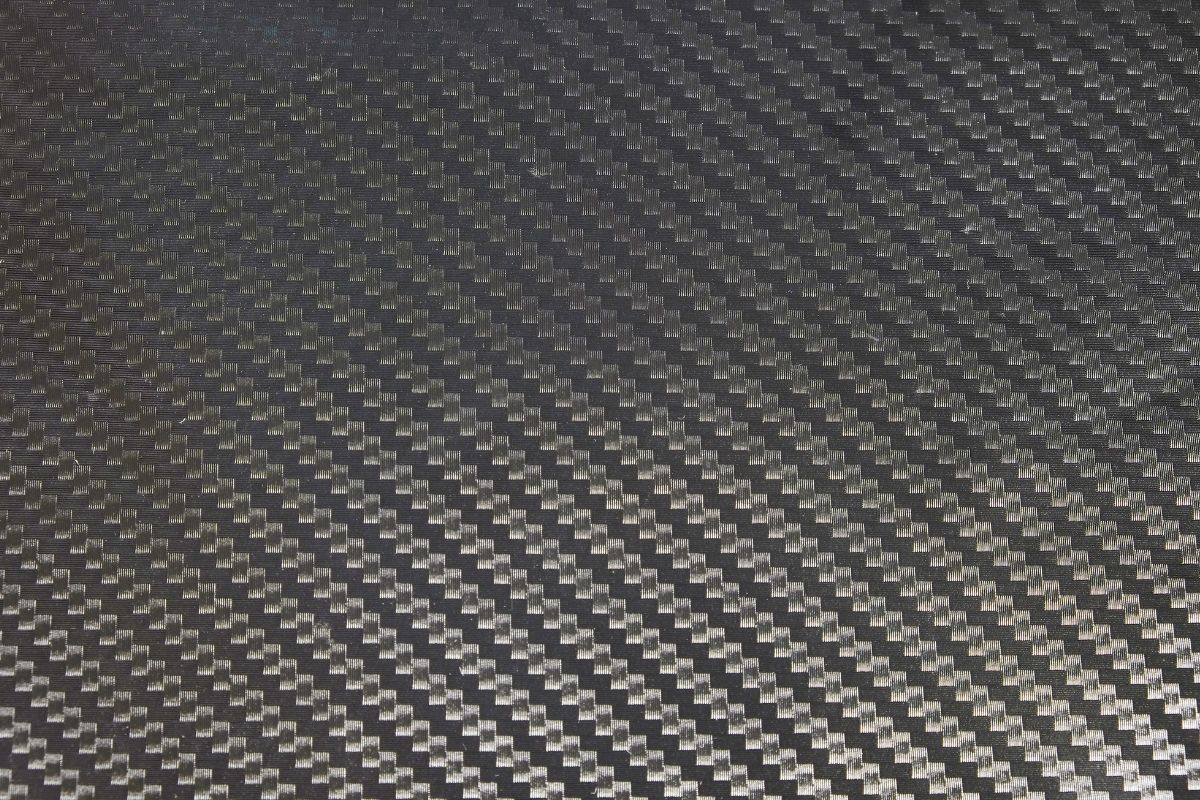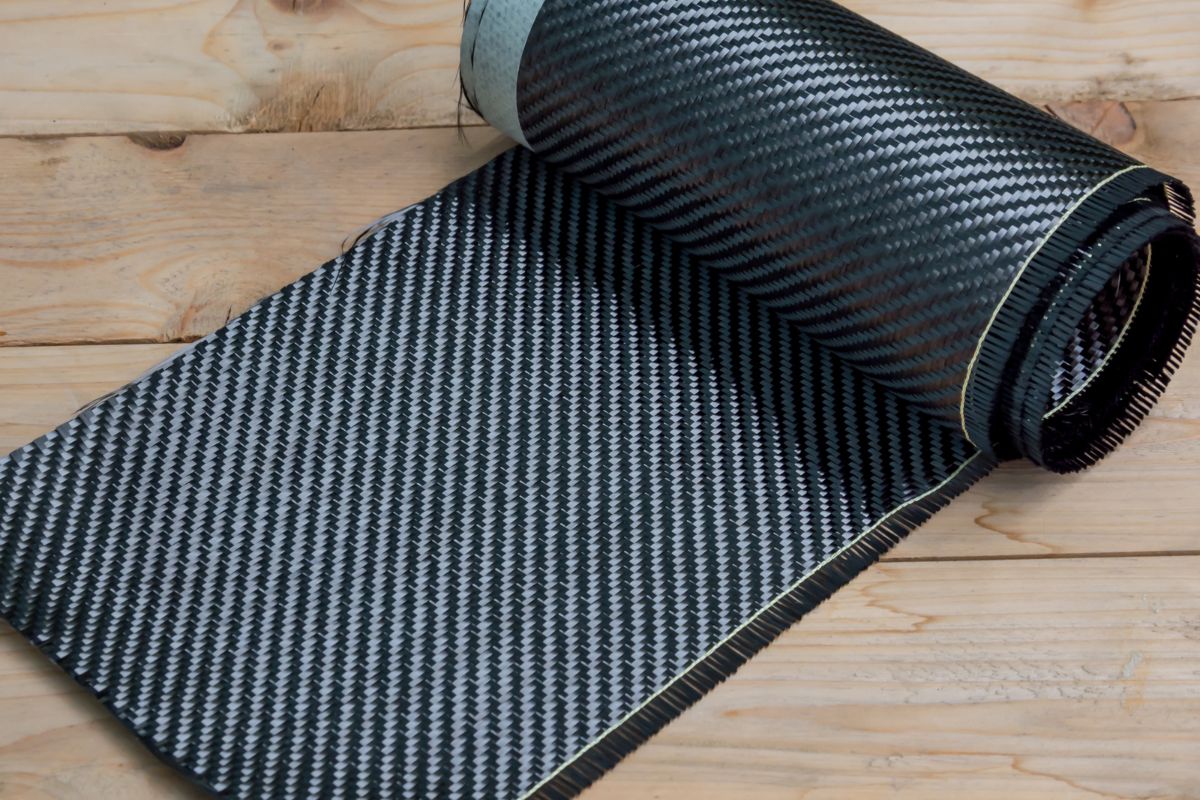You would imagine that something designed to keep you safe, like a helmet, should be made of the strongest material we know, metal, right? The truth, however, is that motorcycle helmets can’t be made of metal at all.
So, why are helmets not made of metal? Helmets are not made of metal because metals are hard and inflexible, so they do not absorb the impact force and instead send it to your head, which would injure or kill you. Instead, helmets are made of materials that can absorb and distribute the shock of the impact away from your head.
Most people believe that helmets are built to withstand crashes and last a lifetime, but helmets are built to keep you safe first, even if this means they don’t last as long.
Helmet Model Category Safety Certification Check & Shop Now
AGV K3 Best Overall DOT, ECE, SHARP RevZilla | MotoSport | Amazon
Shoei X-15 Best Road Racing DOT, ECE, SNELL, SHARP, FIM RevZilla | CycleGear | J&P Cycles
Arai Corsair-X Top Pick for Track Days DOT, ECE, SNELL, SHARP, FIM RevZilla | CycleGear | BTO Sports
Arai XD-4 Best Adventure DOT, ECE, SNELL, SHARP, FIM RevZilla | CycleGear | Amazon
LS2 Thunder Carbon Best Sport-Touring DOT, ECE, FIM RevZilla | MotoSport | Amazon
Scorpion EXO-R420 Best Urban Commuter DOT, ECE, SNELL RevZilla | CycleGear | Amazon
Bell MX-9 Adventure Mips Best Dual-Sport DOT, ECE RevZilla | MotoSport | Amazon
Sedici Strada II Best Sport/Tour/City DOT, ECE, SNELL RevZilla | CycleGear | J&P Cycles
HJC i90 Best Budget Friendly DOT, ECE, SHARP RevZilla | MotoSport | Amazon
Keep reading as I explain why metal helmets would be dangerous for bikers and what helmets are made of.
Why Are Helmets Not Made of Metal?

Simply put, helmets are necessary to protect you; to do that, they cannot be made of metal.
According to Reuters, helmets are 37% effective in preventing deaths from motorcycle accidents and 67% effective in preventing brain injuries from motorcycle accidents.
But how do helmets do that? With clever engineering, of course.
Helmets are made to take the force of an impact and minimize the force that reaches your head, thereby preventing traumatic brain injuries.
When you are moving, you have what is called kinetic energy. This energy depends on your velocity and mass; when a crash happens, this energy will not disappear but will transform into other forms of energy.
In the case of a car crash, the front of the car acts like a spring, absorbing much of this kinetic energy, but in the case of a motorcycle crash, the same can’t happen.
Instead, a helmet was designed to have a hard, plastic shell on the outside and foam on the inside. This way, when an accident happens, the energy of the impact is dissipated with the foam, minimizing the actual energy that reaches your head.
The rigid plastic shell on the outside also serves an important function: allowing your head to skid safely without jerking your neck, which can be fatal at such high speed.
One more reason metal is a bad choice for helmets is that metal is heavy, while plastic is exceptionally light. A metal helmet would be very uncomfortable to wear, even on short rides.
What Are Helmets Made of?

While metals don’t make for good helmet materials, plenty of other options do a particularly excellent job for helmets, including carbon fiber, fiberglass, polycarbonate, Kevlar, and composites.
Let’s see how each of these materials makes good helmets and why they are a better choice than metals for these helmets:
Carbon Fiber

Carbon fiber is one of the miracles of modern engineering, and it’s easy to see why they make such a good choice for helmets. Carbon fiber is incredibly strong, but it’s also noticeably light.
Carbon fiber’s excellent compression and tensile strength make it excellent for helmets, as it can absorb the energy of the impact without breaking easily.
However, because it’s still a new material, the manufacturing process of carbon fiber is still complicated and costly, which is why you will only find it on the more expensive helmets.
Most people believe that Carbon fiber shatters and is irreparable for some reason, which is not true; you can fix carbon fiber at home, so your carbon fiber helmet can last for a long time and survive a few falls fine.
Fiberglass

Fiberglass is another modern material that makes for an excellent choice for helmets thanks to its lightweight and durability. It’s less durable than carbon fiber, but it’s also a lot easier to mold and manufacture, making it much less expensive.
Fiberglass is also more flexible than carbon fiber and can do a better job of dispersing the force of an impact throughout the shell.
Because Fiber Glass is not expensive, you can find it on many affordable helmets for under $300.
Polycarbonate

Polycarbonate is a type of plastic, so it’s easy to form and cheap to manufacture, and it’s the most used material in motorcycle helmets, thanks to its affordability. Polycarbonates are strong, but they are not as strong as fiberglass or carbon fibers, and they’re also heavier and larger than both of them, so helmets made of this material tend to be less comfortable overall.
With that being said, if you are going to be going for short rides or rides at slower speeds, a polycarbonate helmet will be fine.
Kevlar

You probably already know about Kevlar; it’s the bulletproof material that the police and military use for their protection, so there is no explanation needed for why it makes such a good choice for helmets.
Kevlar goes through a similar weaving process to Fiberglass and is then mixed with a resin compound that cures to form a strong hard shell. Kevlar is not as strong as carbon fiber, but it is stronger than fiberglass; however, it’s also more expensive and more difficult to repair than fiberglass.
Because it’s more flexible than carbon fiber, Kevlar is often used in carbon fiber helmets to fill in some gaps and make the helmet stronger overall.
Composites

A composite is a combination of two materials or more with different physical and chemical properties, and the resulting composite often has more desirable characteristics than both materials.
For example, a composite that combines fiberglass, Kevlar, and carbon fiber with certain chemicals or materials like epoxy resin can be cheaper than any of these materials alone but will also be much stronger.
Composite materials are a good option for helmets because different composites will offer varying characteristics depending on the input while also staying cheaper than their alternatives.
Michael’s Summary and Conclusion
Although it may seem logical, metal is not a desirable choice for helmets as it’s too hard and will not protect your head from impact.
Instead, helmets today are made of materials that can absorb, redirect, or dissipate the energy of the impact and minimize the force that reaches your head, reducing your risk of traumatic injury.
Modern helmets are made of lightweight and strong materials like carbon fiber, fiberglass, Kevlar, and composite materials. They do a much better job of keeping you safe while also making the helmets lightweight and comfortable.
The main consideration in helmet materials is whether the shell is made from laminated composite fibers or whether it is an injection molded plastic shell. Examples of composite fiber shells would be fiberglass, Kevlar, carbon fiber, and Dyneema. Examples of thermoplastic shells would be ABS, nylon, and polycarbonate. There will not be an enormous difference in performance between all the helmets made with distinct types of composite laminated fibers.
The biggest difference you will find in performance and weight is between helmets made of composite fibers and those made of injection molded shelves. The specific fiber material does not make a dramatic difference in performance with those similar types of motorcycle helmet shells. All high and expensive helmets are made from laminated composite fibers. All the mid to high-range helmets from AGV, Arai, Shoei, LS2, Scorpion, and HJC have shells made from various weaves of composite fiber material. All of them will do an excellent job protecting you.

I've diligently categorized my motorcycle gear recommendations into all available categories, with the aim of providing you with a comprehensive analysis that showcases the absolute best options for all your needs. These items are the culmination of in-depth research, extensive testing, and personal use throughout my vast experience of 50+ years in the world of motorcycling. Besides being a passionate rider, I've held leadership positions and offered consultancy services to reputable companies in over 25 countries. To See Top Picks and the Best Prices & Places to Buy: Click Here! |
Helmet Material FAQs
Is a Polycarbonate Helmet Safe?
Polycarbonate helmets are perfectly safe and durable and will protect you in case of a fall or a crash; however, they are not the most durable materials. Fiberglass and Carbon Fiber helmets are stronger and safer than polycarbonate helmets but are also more expensive.
Are Carbon Fiber Helmets Better?
Carbon Fiber helmets are stronger and lighter than other helmets, so they are considered the best option for helmets as the lightweight improves your aerodynamics and is more comfortable to wear, and their strength and durability make them safer. However, carbon fiber helmets also tend to be the most expensive option.
What are Motorcycle Helmet Visors Made of?
Many motorcycle helmets are made from polycarbonates thanks to their combination of strength and impact resistance.
Information for this article was partially sourced and researched from the following authoritative government, educational, corporate, and non-profit organizations:
FM/NI













